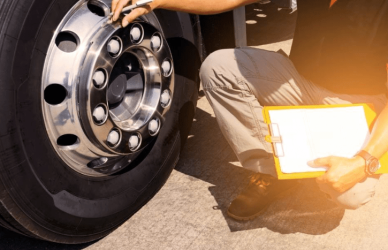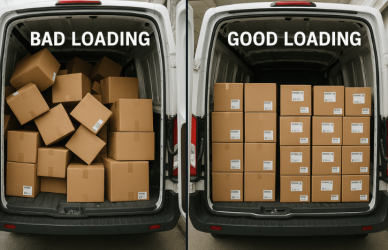At the Green Truck Summit in Indianapolis, Dr. Giorgio Rizzoni of The Center for Automotive Research at Ohio State University challenged traditional views on electric vehicle batteries and charging systems – he believes that bigger isn’t necessarily better when it comes to EV components.
According to Rizzoni, fleets searching for optimal electric vehicle performance should look beyond simply sourcing the largest battery and charger – instead looking at their vehicles’ duty cycles for a more tailored approach. An understanding of these factors could provide remarkable results in EV efficiency moving forward.
“Once you can charge at 50kW at home base, you have satisfied about 60% of [work truck] applications. You don’t necessarily need a large battery pack,” Rizzoni said.
A charger that size is a far cry from 350kW DC fast chargers that are fairly common at charging sites around the U.S., but speed isn’t everything.
“Fast-charging is not good for today’s batteries,” said Rizzoni, who added that moving forward batteries need to be better engineered “to withstand excessive charging.”
Having a larger battery also incurs greater upfront cost and increases vehicle weight, which cuts into max cargo capacity. Slower, overnight charging is also less costly than DC fast-charging.
Fleets should also consider climate when spec’ing batteries. Both colder and hotter climates can negatively impact EV range, which may require a larger battery. Rizzoni noted that the north and Midwest regions, for example, “got through some pretty significant weather variations.”
According to Andrew Wrobel, director of auto and mobility at Escalent, vehicle type can also impact battery size options.
Drivers of short wheelbase vehicles may find themselves restricted when it comes to upgrading their powertrain batteries – with an added challenge in finding a battery that fits comfortably between the chassis frame rails.
“Short wheelbase may have packaging constraints,” Wrobel said. “These trucks are going to have the hardest time.”
Snowplow and other four-wheel drive truck drivers have an extra challenge when it comes to selecting a battery due to the additional space that is necessary for their vehicle’s drive train components.
Spec’ing that first EV battery is only the beginning. Fleets will have to look ahead to their next battery.
“How many battery packs will you have to buy over the lifetime of that vehicle?” Rizzoni said.
Fleets will also need to take into account the role they play in battery lifecycle management. Powertrain batteries can often play a role in second-life applications such as energy storage and ultimately recycled. According to Rizzoni, “progress is being made in recycling lithium batteries,” adding that cobalt, in particular, is one of the more desirable elements being pursued in recycling.
At this time, a fleet’s obligations in battery lifestyle management are still largely a work in progress.
“There are a lot of options out there that haven’t been figured out,” Wrobel said. “That’s one of the big questions: who’s going to own the battery moving forward?”
Source: CCJDigital








